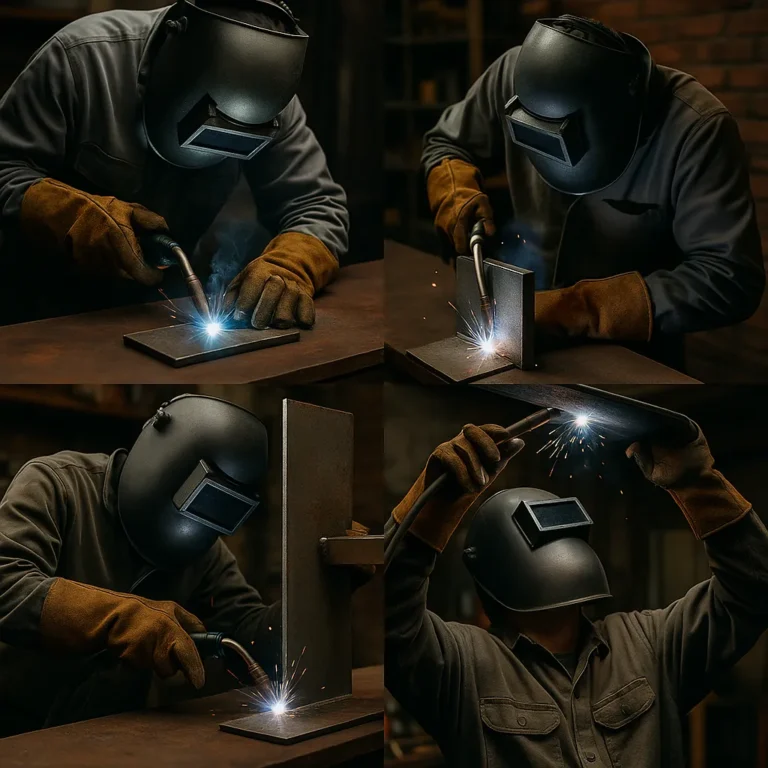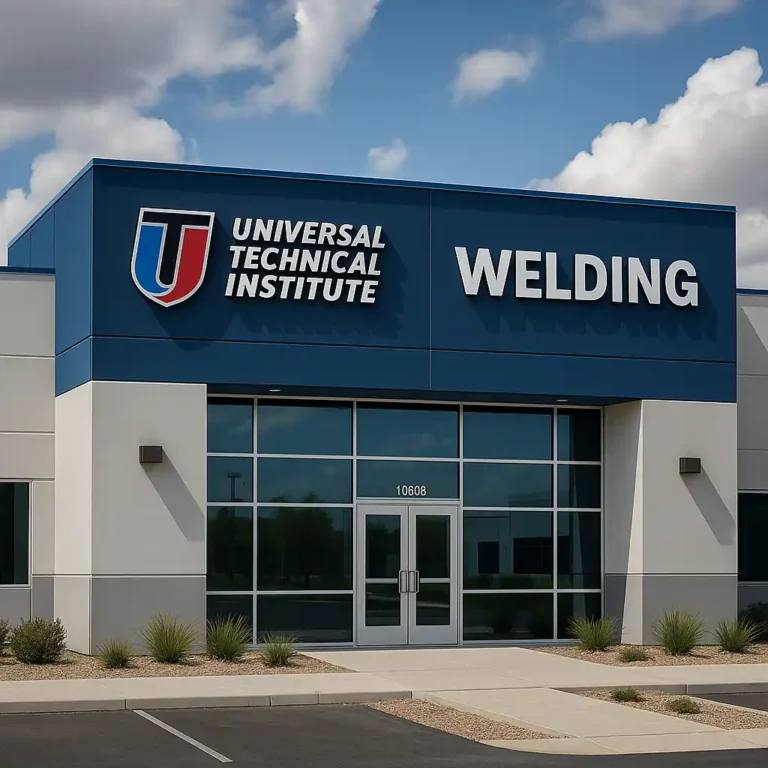How Long Does It Take to Get Welder Certification and Start Earning?

Disclosure: This post contains affiliate links. As an Amazon Associate, I earn from qualifying purchases—at no extra cost to you.
Welding is more than just joining metals—it’s a skilled trade that plays a vital role in construction, manufacturing, automotive work, and more. For those entering the field, getting certified is an essential step toward professional credibility, higher pay, and access to more specialized job opportunities. But one of the most common questions from beginners is: How long does it take to get welder certification? The answer depends on the path you take, your chosen specialization, and your schedule.
What Is Welder Certification?
Welder certification is a formal process that confirms your ability to weld according to specific codes and standards. It typically involves a hands-on test administered by a certified welding inspector (CWI) to ensure you can produce sound welds under real-world conditions. Certifications are often based on procedures from recognized bodies like the American Welding Society (AWS) or the American Society of Mechanical Engineers (ASME).
Training Time: What to Expect
Before becoming certified, most individuals complete a training program. The length of training can vary significantly depending on the school and the intensity of the program:
- Short-term programs (6 weeks to 3 months): These focus on the basics of MIG, TIG, or stick welding, ideal for quick entry into the field.
- Certificate programs (3–9 months): Often offered at community colleges or technical schools, these provide hands-on training and often prepare students for certification exams.
- Associate degree programs (18–24 months): These offer in-depth technical education, welding theory, metallurgy, and more. While not always required for certification, they can improve job prospects.
Timeframe for Certification
Once your training is complete, you can pursue certification. The testing process itself usually takes a single day. However, scheduling a test and preparing for specific welding procedures might add a few days or weeks, depending on your location and availability.
Here are some typical timelines for common certifications:
- AWS Certified Welder: 1–3 months, depending on training duration
- ASME Section IX (pressure vessel welding): Often added after AWS certification, with additional prep
- Specialized industry certifications (e.g., pipe welding, underwater welding): These may require additional months of training and testing
Fast-Track Options
Some welding schools offer intensive bootcamp-style courses that can prepare you for certification in as little as 4 to 8 weeks. These are ideal for motivated learners looking to enter the workforce quickly. However, they require full-time commitment and often focus on one welding process.
Maintaining and Renewing Your Certification
While many certifications do not expire, some employers and state regulations may require periodic skill verifications or refresher tests. Staying current with industry standards and keeping documentation organized is important for long-term career success.
Conclusion
The time it takes to get welder certification depends on the type of program, the certification body, and your personal commitment. For most beginners, a basic certification can be achieved in 1 to 6 months. Advanced credentials or multiple certifications may take longer but open the door to higher-paying jobs and greater opportunities in the welding field.






